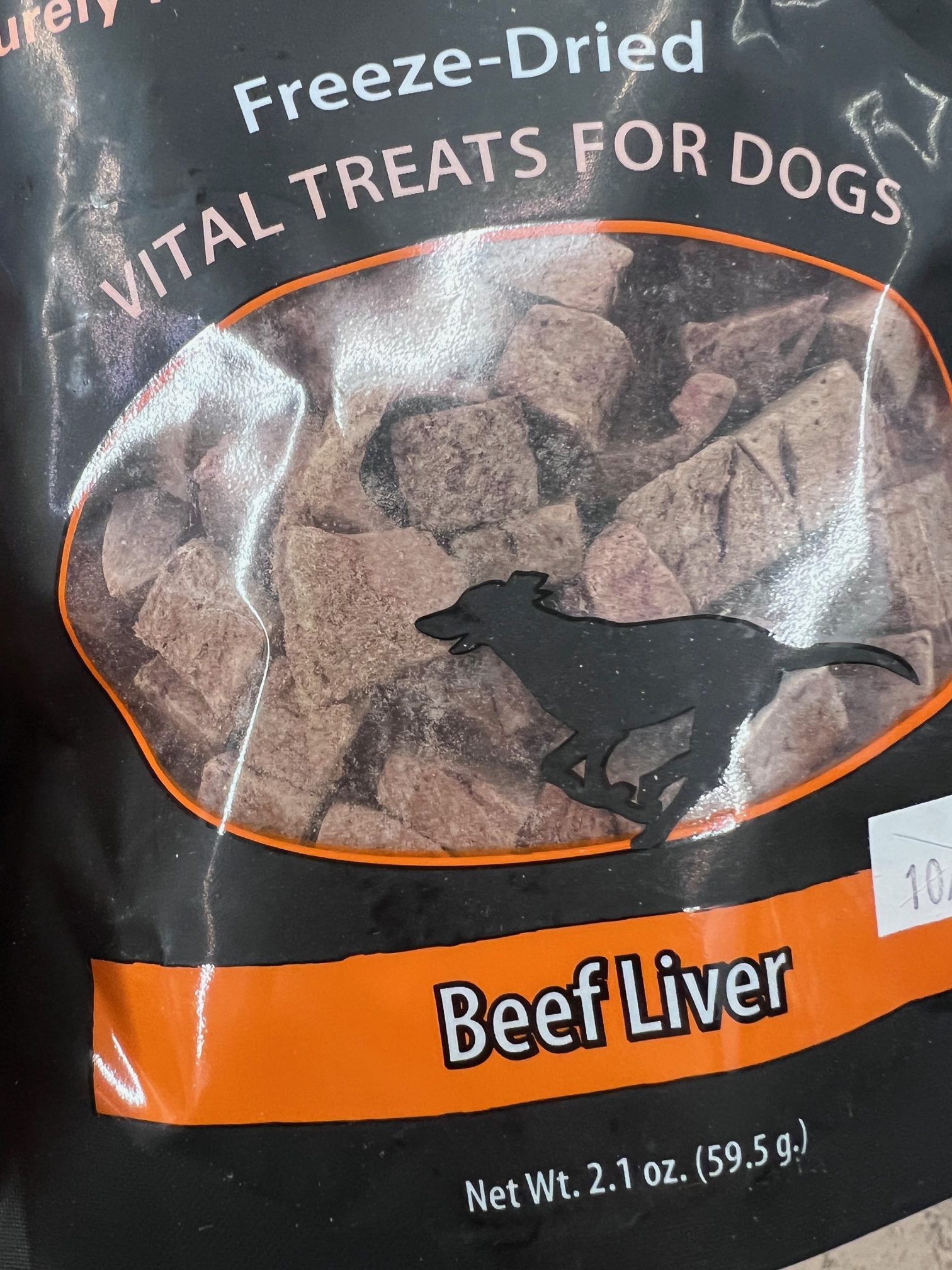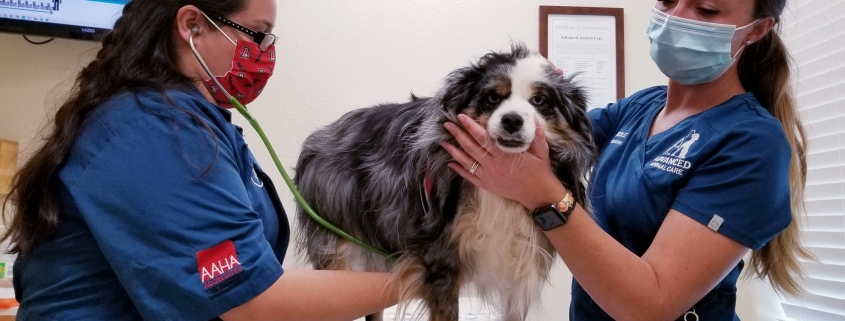Organotherapy
If you haven’t heard of organotherapy, you’re not alone. This ancient therapy is defined as the practice of using whole animal tissues to support or promote the healthy functioning of a body’s internal organs.¹ It is also known as glandular therapy, cell therapy or tissue therapy.
Why Organotherapy Works
Organ meat is high in a plethora of vitamins and minerals that may offer benefits for your pet. The cells within a particular organ or tissue contain the amino acids, nutrients, lipids, and glandular secretions (insulin, enzymes, and nucleic acids) needed to benefit that same organ within your pet. In other words, organotherapy may benefit your pet’s body on a cellular level by stimulating the function of that organ. For example, feed your pet liver (which contains amino acids and vitamins) to improve liver health.¹
Where to Find Organ Nutrients
Organ and tissue are plentiful in commercially prepared fresh and minimally processed diets where they have not been heat treated and therefore have the most bioavailable nutrients. Most of these diets contain at least 80% meat, organ, and bone, so they are rich in the essential nutrients, omega fatty acids, amino acids, vitamins and minerals that may support healthy organ function. Feeding organs doesn’t have to be complicated or difficult to incorporate into a healthy pet’s diet. For example, many commercially prepared options such as Instinct include amino acid levels like taurine as part of the guaranteed analysis. These can even be added to kibble diets as a fresh topper.

Some dietary supplements, like taurine, are derived directly from beef and pork heart. Digestive enzymes–primarily used to improve pancreatic function–are commonly sourced from pork pancreas.
Freeze-dried organ treats also offer an excellent source of nutrition for your pet’s organ health, particularly single-ingredient options.² Freeze-dried liver, heart, lung and kidney make extremely healthy treats. Liver is perhaps the most popular as it’s frequently used and recommended by dog trainers due to its rich flavor and palatability. Liver is also considered one of the highest value rewards you can offer your pet. Freeze-dried treats are perfect for both cats and dogs.

Organ benefits:
Heart: Taurine, carnitine, CoQ10
Lung: Iron, Vitamins A, D, E and B12
Kidney: Vitamin A, B, and iron
Liver*: Vitamin A, glycogen, potassium, copper, B vitamins, and vitamin D, K and E
Pancreas: digestive enzymes, manganese, insulin and glucagon
Spleen: Vitamins D, K, A, E, plus iron and zinc.
Brain: DHA and EPA, other omega-3 fatty acids
*It’s important to note that liver should be fed in moderation. Excessive amounts can induce vitamin A toxicity.³
Every pet is different and has unique nutritional needs. Supplementing with organ meat for various reasons should be considered on an individual basis. Stop in to speak with us about what options may be best suited for your pet.
This information is provided for educational purposes only, and should not be taken as medical advice. Always consult a qualified veterinarian for treatment options for your pet. We recommend consulting a board certified veterinary nutritionist for disease-specific nutrition information.
REFERENCES:
- Cameron, T. “Glandular Therapy.” Foundation for Alternative and Integrative Medicine. Integrative Veterinary Care Journal. 2012.
- Gaylord, L. Raditic, D. “Glandular therapies for pets.” Integrative Veterinary Care. August 6, 2022 https://ivcjournal.com/glandular-therapies-for-pets/
- Cho DY, Frey RA, Guffy MM, Leipold HW. Hypervitaminosis A in the dog. Am J Vet Res. 1975;36(11):1597-1603.






